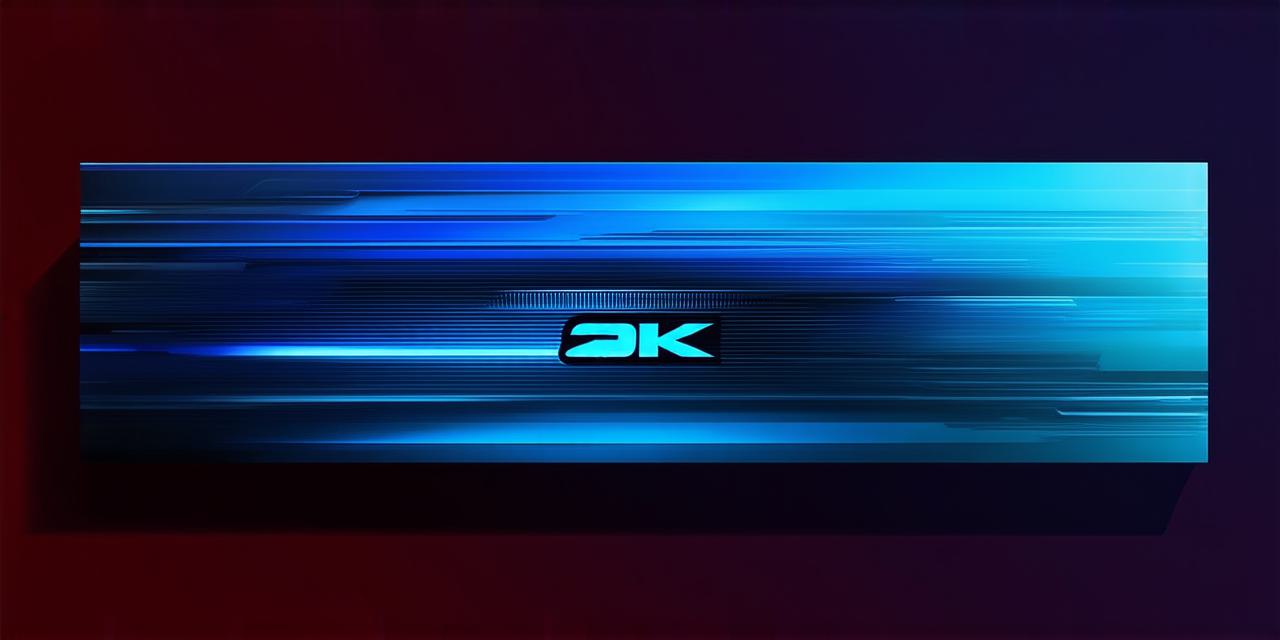As technology continues to advance at a rapid pace, the way we consume and interact with information has also evolved significantly. One of the most notable changes has been the transition from traditional print media to digital media.
In this article, we will explore the evolution of graphic design to digital medium, highlighting key milestones and innovations that have shaped the industry over the years. We will also discuss the challenges and opportunities that have emerged as a result of this transition, and examine the impact it has had on designers and their work.
The Rise of Digital Media
Before the advent of digital media, print was the primary means by which information was disseminated. From newspapers and magazines to posters and flyers, print materials played a central role in shaping public opinion and driving sales. However, with the rise of new technologies such as computers and the internet, digital media quickly overtook print as the dominant form of communication.
The Emergence of Graphic Design Software
Another key factor in the evolution of graphic design to digital medium was the development of specialized software designed specifically for creating digital designs. These tools allowed designers to create and manipulate images, typography, and other visual elements in ways that were previously impossible with traditional printing methods.
Some of the most popular graphic design software packages include Adobe Photoshop, Illustrator, and InDesign. These programs have become essential tools for designers working in a digital medium, allowing them to create high-quality designs that are optimized for screens.
The Impact of Mobile Devices

As smartphones and tablets became increasingly popular, designers were forced to adapt their work to accommodate smaller screens with limited bandwidth and processing power. This has led to the development of new design principles and best practices, such as using responsive design techniques to ensure that designs are optimized for different devices and screen sizes.
In addition, the rise of social media platforms has created new opportunities for designers to showcase their work and connect with audiences on a global scale. Social media channels such as Instagram and Facebook have become crucial marketing tools for businesses and individuals alike, and designers have had to adapt their skills to create content that is tailored to these platforms.
The Challenges of Digital Media
Despite the many opportunities that digital media has created, it has also presented designers with a number of challenges. One of the biggest challenges is the need to constantly adapt to new technologies and platforms as they emerge. Designers must be able to quickly learn new skills and techniques in order to stay competitive in an ever-changing industry.
Another challenge is the sheer volume of content that is being created on a daily basis. With so much information available online, designers must find creative ways to stand out and capture the attention of their audiences. This has led to the development of new design trends and styles that are designed to be eye-catching and engaging.
The Future of Graphic Design
As technology continues to evolve, it is likely that we will see even more changes in the way we create and consume information. However, one thing is certain – graphic design will continue to play a crucial role in shaping public opinion and driving sales.
In order to remain competitive in this rapidly changing industry, designers must be willing to embrace new technologies and techniques, and continuously strive to improve their skills and knowledge. By doing so, they can help ensure that the future of graphic design remains bright and continues to evolve in response to the changing needs of audiences and businesses alike.
Conclusion
The evolution of graphic design to digital medium has been a long and ongoing journey, driven by advances in technology and the increasing popularity of digital platforms.



